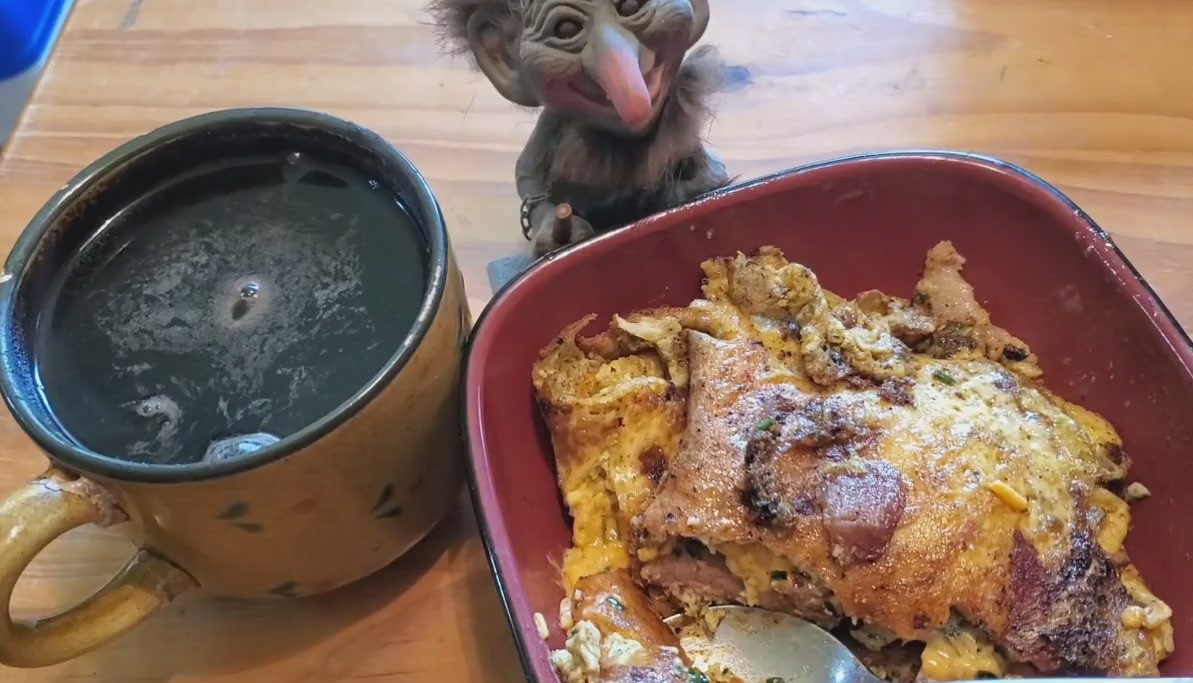The rain we’ve had for the past September/October 2023, is resulting in a lot of various mushrooms sprouting in my front and back yards, these are the biggest Pilze yet!
 TROLL MACHT UND ISST OMELETT, TRINKT KAFFEE!
TROLL MACHT UND ISST OMELETT, TRINKT KAFFEE!

The rain we’ve had for the past September/October 2023, is resulting in a lot of various mushrooms sprouting in my front and back yards, these are the biggest Pilze yet!
 TROLL MACHT UND ISST OMELETT, TRINKT KAFFEE!
TROLL MACHT UND ISST OMELETT, TRINKT KAFFEE!
Eight months after the March nuclear disaster at Fukushima Daiichi, Japanese food producers continue to find their latest crops contaminated.
In Tochigi Prefecture, about 120 kilometers (74.5 miles) from the Fukushima Daiichi nuclear power plant, the local mushroom harvest is contaminated with cesium.
The prefectural government did their own test, and found 649 becquerels of radioactive cesium per kilogram in Kuritake mushrooms grown outdoors. The official national safe limit is 500.
Earlier this month, radioactive cesium exceeding the government limit were found in Shiitake mushrooms grown in Yokohama. Yokohama is about 260 kilometers (161.5 miles) from Fukushima Daiichi!
Shiitake mushrooms used in school lunches have tested positive for 350 becquerels per kilogram of radioactive cesium. That’s below the government limit of 500 becquerels, but Yokohama school officials are getting rid of them anyway.
Yokohama is about 250 kilometers (155 miles) from the damaged Fukushima Daiichi nuclear plant.
At a Ibaraki Prefecture mushroom farm, 830 becquerels per kilogram of radioactive cesium were found on the mushrooms there. The farm is about 170 km (106 miles) from the damaged Fukushima Daiichi nuclear plant.
Earlier in the week mushrooms in Chiba Prefecture were found to be contaminated with cesium, higher then the government safe limits. Clearly, after almost seven months, radiation is still spreading from the Fukushima Daiichi nuclear plant.